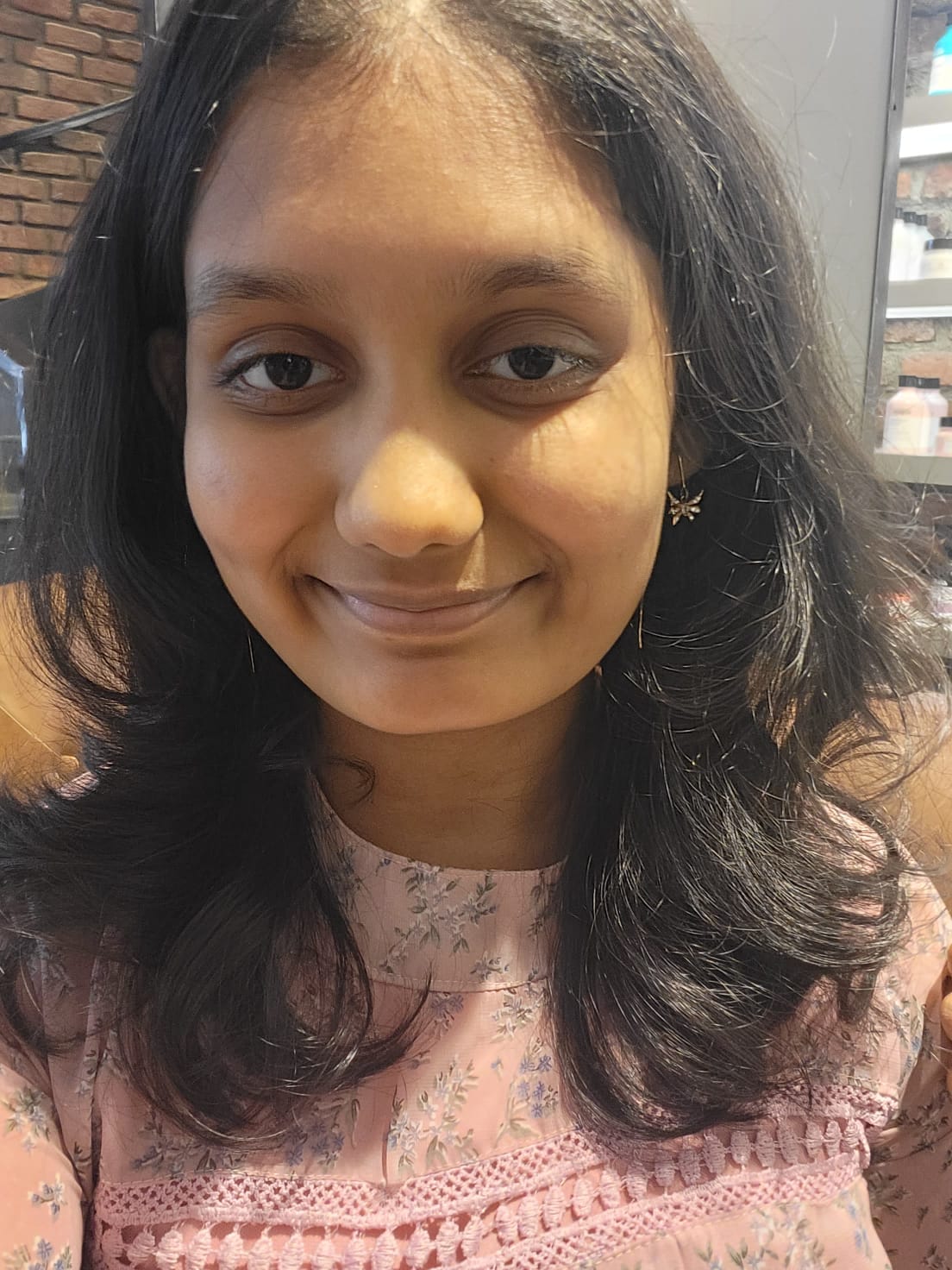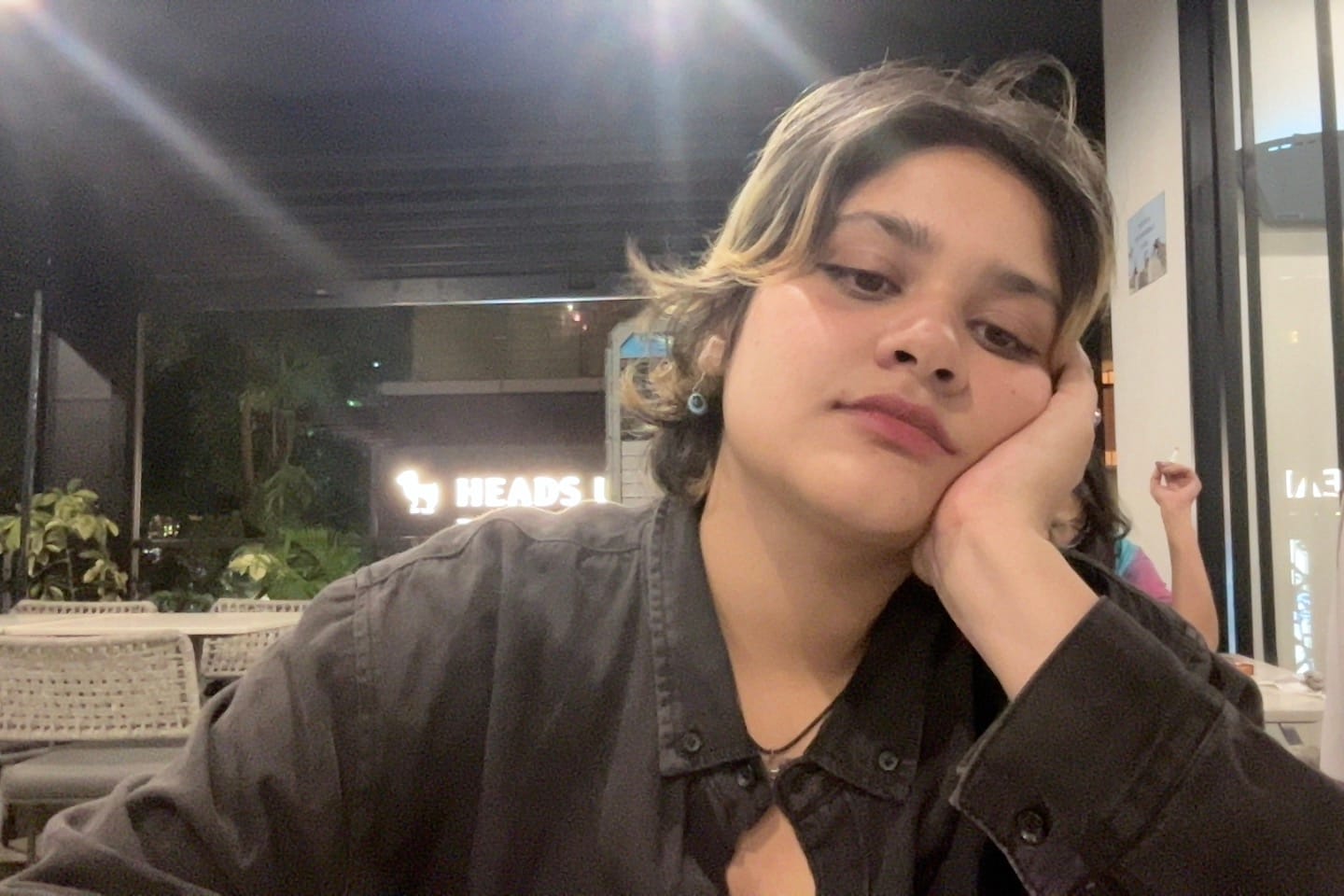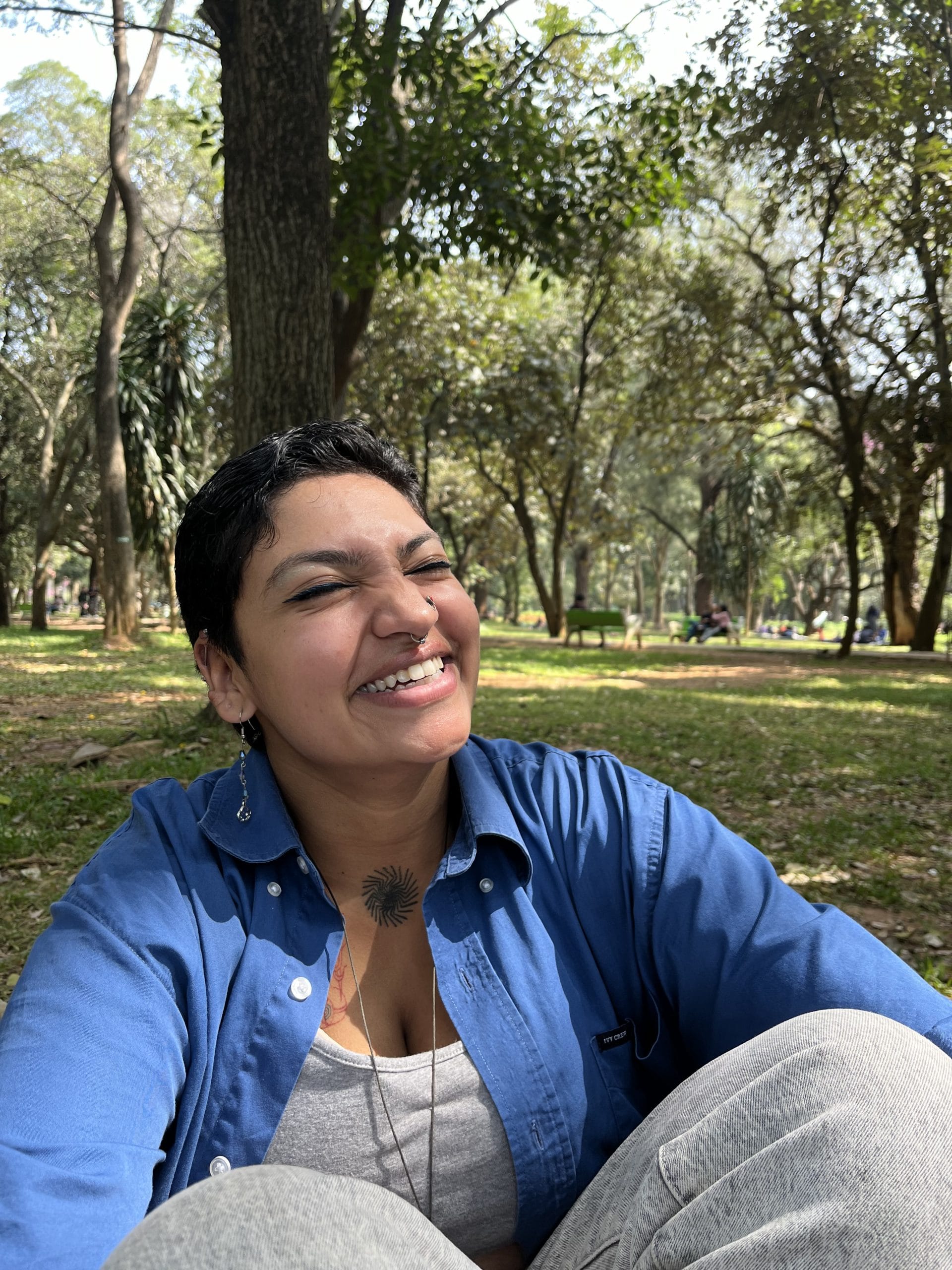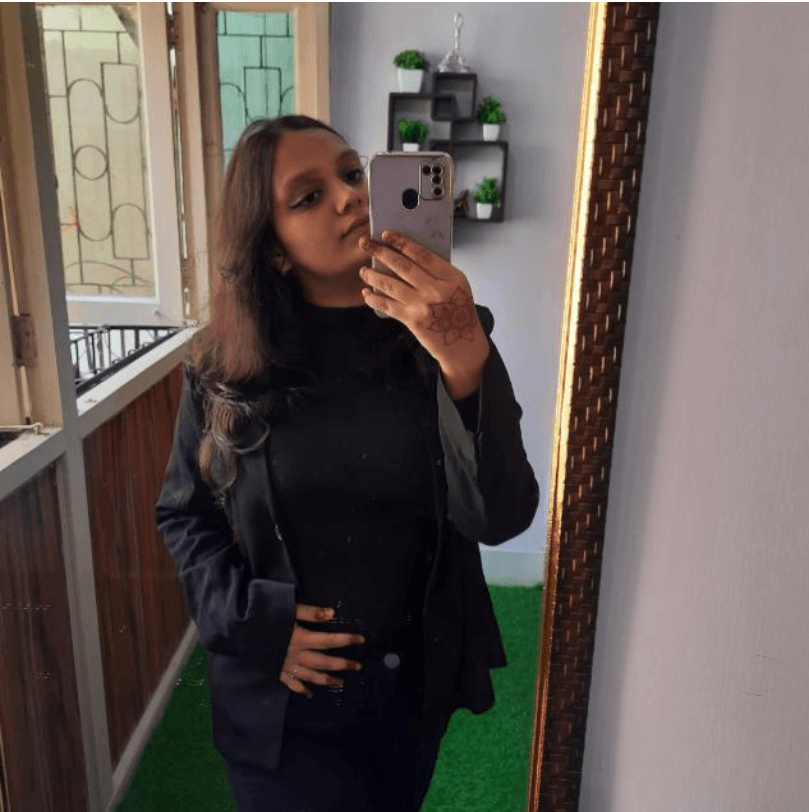Navigating Conflict in Relationships: Effective Communication Strategies

Baijaa Patel
May 10 , 2024

““The single biggest problem in communication is the illusion that it has taken place.” – George Bernard Shaw”
-
Have you ever fought with a loved one, where you had a lot to say, but ended up saying nothing at all? Or have you ever received “the cold shoulder” from one of your peers after some disagreement? If the exact same, or similar scenarios resonate with you, you might have faced a conflict in your relationship. But how does one approach, navigate and resolve such conflicts? Let us find out.
What Are Relationship Conflicts?
According to the American Psychological Association, a relationship is “a continuing and often committed association between two or more people, as in a family, friendship, marriage, partnership, or other interpersonal link in which the participants have some degree of influence on each other’s thoughts, feelings, and actions.”. The influence of such associations can be positively felt, as through them, we build on our cognitive, physical, and social resources for improved life quality. However, as such interactions take place daily, one might face some disagreements within them, depending on various factors.
Therefore, disagreements between two or more people in familial, platonic, romantic or work relationships can be defined as Relationship Conflict. Causal factors include differences in opinions and personality types, chronic health issues, financial problems, jealousy, compatibility issues, communication issues, among others. Although such conflict is not always bad, it can be a source of stress if not managed properly.
Managing Conflict through Communication
Since relationships are formed through some means of communication, conflict within relationships can be approached through effective communication. Hence, let us first look at the four types of communication.
Verbal Communication- this style of communication refers to the active vocalisation of one's thoughts, feelings and opinions.
Non Verbal Communication- the focus in such communication is on the display of hand gestures, body positioning and facial expressions.
Visual Communication- one can utilise graphical representations to supplement verbal communication. Such representations may include graphs, diagrams, flow charts, for instance.
Written Communication- such communication takes place through handwritten or typed material, like a letter, note, email; etc.

Photo by Riccardo Ginevri Team on Unsplash
In most conflicts, one may pay less attention to or focus too much on only one form of communication, reducing the effectiveness of what one wishes to put across. Thus, following are the ways in which one can incorporate permutations of the four communication styles for building effective communication strategies.
Be mindful of your choice of words and the tone in which you communicate. Often in conflicts, emotions get the best of us and make us lose sight of what is truly important- working in tandem to find a solution to the conflict.
Pay attention to your body language. Maintaining eye contact, facing the person talking to you, and nodding your head to show your attentiveness in the conversation can improve communication.
Try to listen actively to what is being said. Listening to understand different viewpoints instead of trying to respond to them can be more effective.
If verbal communication does not suffice, you can use written mediums to either put across your point clearly and concisely, or to gain clarity about your own thoughts on the situation at hand.
You can include pictures or texts related to the conflict at hand to further support your stance in a conflict. This may lead an otherwise emotionally charged conflict to a practical conversation.
Be sure to communicate assertively, and take responsibility and accountability of your own actions. Usage of ‘I’ statements, especially in conflicts, can help significantly.
Be mindful of the reactions, attentiveness and attention of the other party to your communication. If necessary, modify your approach accordingly, for better results.
Make sure to ask near and dear ones for feedback on how you communicate within the relationship, to help in improvement for the future.
Counselling and therapy services can also be utilised if self implemented and developed communication strategies seem inadequate.
Effects of Ineffective Communication
If conflicts are handled with poor communication skills, then apart from stress, feelings of loneliness, anxiousness, insecurity, frustration and reduced productivity may arise.
Indicators of poor communication include belittling, shouting, screaming, ignoring, or passive aggressively treating the other person, or being treated that way yourself by your near and dear ones.
It is therefore important to recognise such poor communication styles, implement effective communication strategies and offset negative feelings which arise from such conflict.

Photo by Etienne Boulanger Team on Unsplash
Please note: We at Heart It Out provide individual, couple and family therapy services that can help you build and improve on your relationships and communication skills.
Keep Reading
Started reading,
found my glow!
New blogs dropping soon – Sign up!
© EmbraceWell. All rights reserved





























